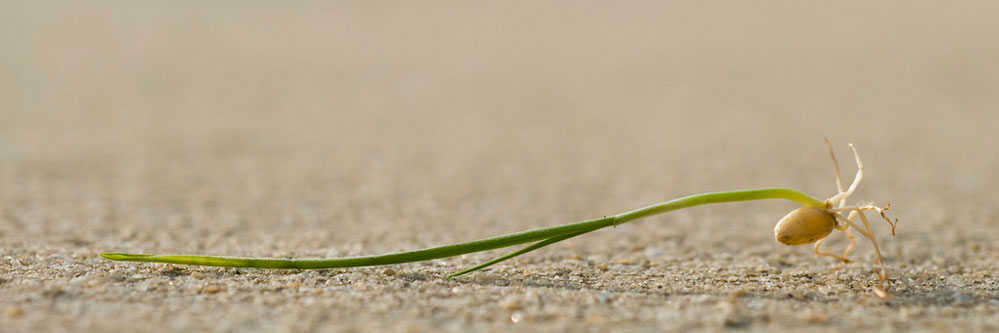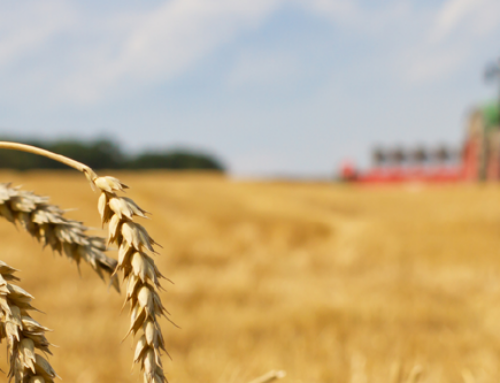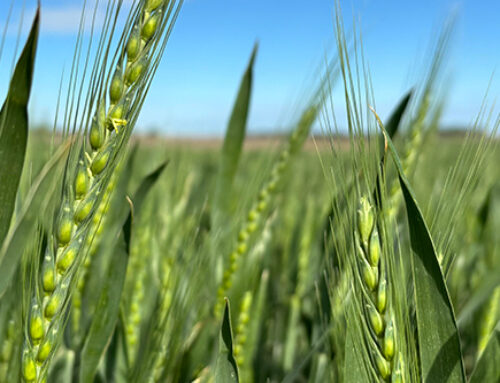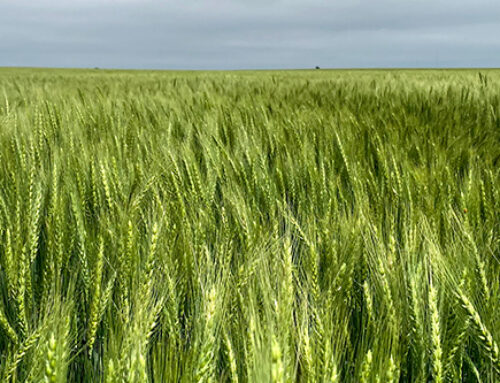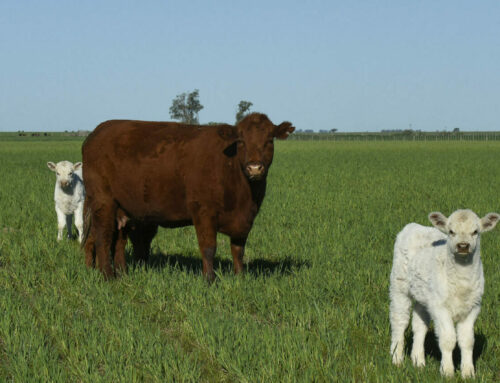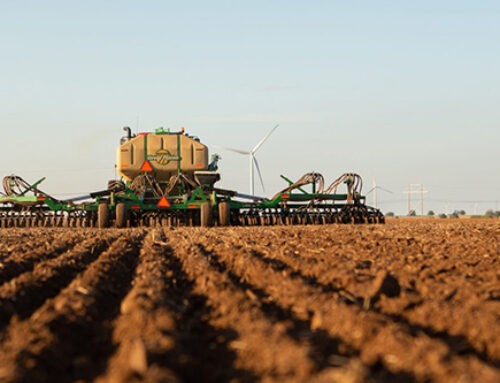Many producers plan on saving back some wheat for seed. This is partially a cost saving decision. But the question is whether it truly is cheaper to save your own seed vs buying certified seed.
Starting with a good quality clean seed at planting is one of the most important things we do. We very seldom have a chance for a redo on planting. If we mess up then, it will haunt us until harvest. Seed three years out of certification has very low purity. So, you may have started out with variety X, but you may end up with Kansas common.
Think about planting bin-run seed. If one row gets plugged on a 30 foot 10-inch drill for 10 passes on half-mile rows, that means a half acre is not planted. Not only are there fewer plants, but also more chance for weeds to grow in the skip. Germination percentages of bin-run seed can effectively give you the same results. The germination rate will determine how much the seeding rate will need to be adjusted. Most certified seed will have a germination of 90% or better. Germination of bin-run seed may be much lower. If the seed you are planting is only 70% germination, you will need to plant 20% more seed.
What weeds are in the field? You sure don’t want to add weeds to your field by planting them. One that is often overlooked is jointed goat grass. It looks like wheat when growing, and the seed is almost the same shape and size as wheat, and almost impossible to clean out of wheat seed. Others weeds to be aware of are mustards, bindweed, wild buckwheat, and vetch. If you do plan on planting bin run seed, make sure you have it cleaned properly.
What seed-borne diseases may be present? There are diseases that infect the seed itself. They include common bunt, which will cause yield loss and dockage at the elevator. Loose head smut has those scattered black smutty heads that can infect a lot of kernels. Seed-borne Fusarium (scab) is another one to look out for. These can be controlled with a seed-applied fungicide. If you have any of these diseases in your fields, your seed will be contaminated and the disease will be much worse during the next crop season if this seed is planted.
Wheat needs to be stored at 12-13% moisture. The bin or truck needs to be clean and free of insects. The grain needs to be checked for moisture and insects during the storage period.
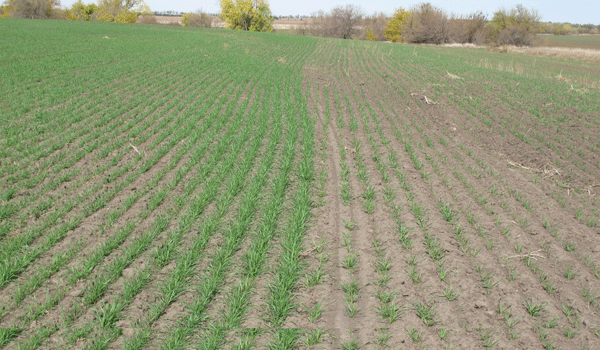
An example of poor seed quality on the right. Photo by Jim Shroyer, K-State Research and Extension.
Cleaning your seed will increase your quality of seed and keep any trash from plugging the drill. The portion that will be cleaned out has feed value, but if taken to the elevator will have dockage. Treating with a good fungicide and insecticide will insure that the seed is protected from insect and disease pressure as the seedling is developing.
Good quality seed is a must to insure the best start possible. When we compare all the costs of saving our own seed with the cost of buying certified seed, there may be very little difference.
It is also very important to keep in mind that most public and private varieties sold today are patented and are protected under the Plant Variety Protection Act.
Featured Image by: sprout, oliver.dodd, flickr.com
Written by: Farrell Allison, Greensburg, KS
